The Hwaseong Fortress in Suwon was built during the reign of King Jeongjo of the Joseon Dynasty. This place, where the essence of the castle architecture of the late Joseon Dynasty remains intact, has become a representative cultural property of Suwon City. Suwon Hwaseong Fortress has the tomb and temporary palace of King Jeongjo the Great's father, and Hwaseong Fortress was built according to King Jeongjo's plan. Every fall, various cultural events are held at Hwaseong Fortress in Suwon. Suwon Hwaseong Media Art Show is one of these events, and various works are displayed around Suwon Hwaseong Fortress, pleasing the eyes of citizens during the festival. If you plan to visit Suwon in Korea, we recommend that you choose the time when the event is held in the fall. Works using various light are exhibited around the promenade along the river around the Hwaseong Temporary Palace. We recommend visiting during the evening hours. Since the works are displayed around the outdoor river,...
Gyeongbokgung Palace is a representative palace site in Seoul.
It is also the best place to take pictures wearing hanbok (traditional Korean clothing).
On a sunny day, I took pictures with my daughter's friends and family at Gyeongbokgung wearing hanbok. Since they are still minors, their faces are mosaic-processed to protect their portrait rights.
Gyeongbokgung Palace is one of the palaces of the Joseon Dynasty and the main palace (law palace) of the Joseon Dynasty, located at 161 Sajik-ro (Sejong-ro), Jongno-gu, Seoul. It has been designated as Historic Site No. 117. It is the first palace built during the Joseon Dynasty when King Taejo founded Joseon and moved the capital to Hanyang.
It was destroyed during the Japanese invasion of Korea in 1592 and neglected for 275 years before being rebuilt by Heungseon Daewongun in the 19th century. At the time, it was reborn as a huge building with about 7,000 rooms, but through the end of the Joseon Dynasty and the Japanese colonial period, thousands of rooms were demolished and sold, and other buildings such as the Japanese Government-General of Korea were built. By 1990, only 36 buildings (7% of the level during the reign of King Gojong) remained, and restoration is still ongoing.
Gwanghwamun is the main gate of Gyeongbokgung Palace. Go to the place where you can see the changing of the guard ceremony.
There are many hanbok (traditional Korean clothing) rental shops around Gyeongbokgung Palace. You can choose from a variety of hanboks, so please try them out.
As a tip, choose a hanbok with a strong contrast between the upper and lower garments to capture a pretty photo. For example, it is good to wear a white top with red bottoms or a white top with navy blue bottoms.
If it is the same color as the top and bottom but is a bright color series, it may look uncharacteristic in the photo.
The elegance of hanbok and the various places of Gyeongbokgung go well together and are great for taking pictures.
The best time to take pictures is around 4:00 PM. Properly angled sunlight provides good lighting.
Today, I briefly talked about taking pictures at Gyeongbokgung Palace. I couldn't introduce many pictures because of the portrait rights, but I think it will be a very pleasant memory to take pictures in Gyeongbokgung wearing hanbok.
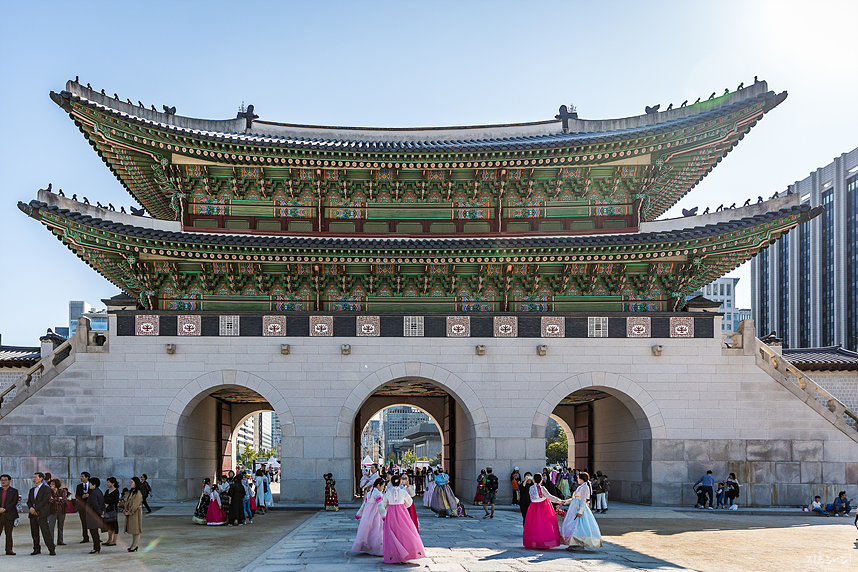
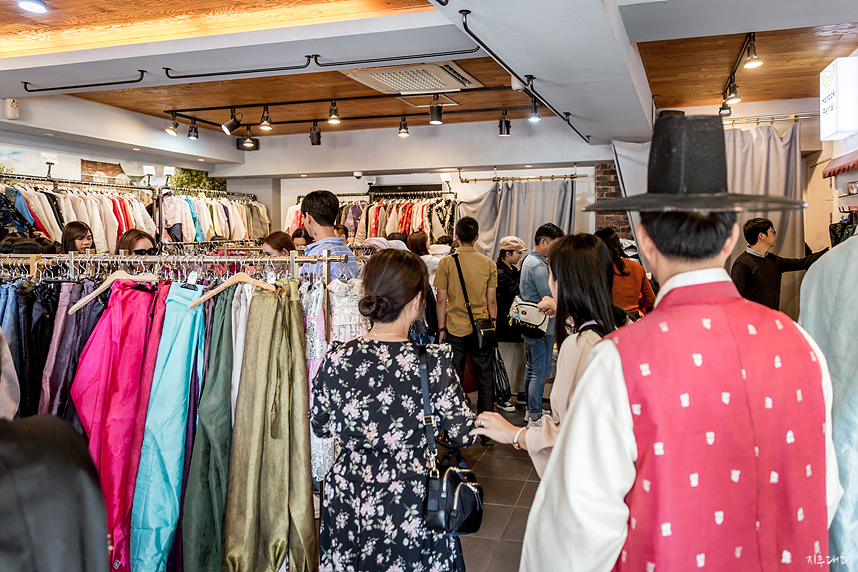
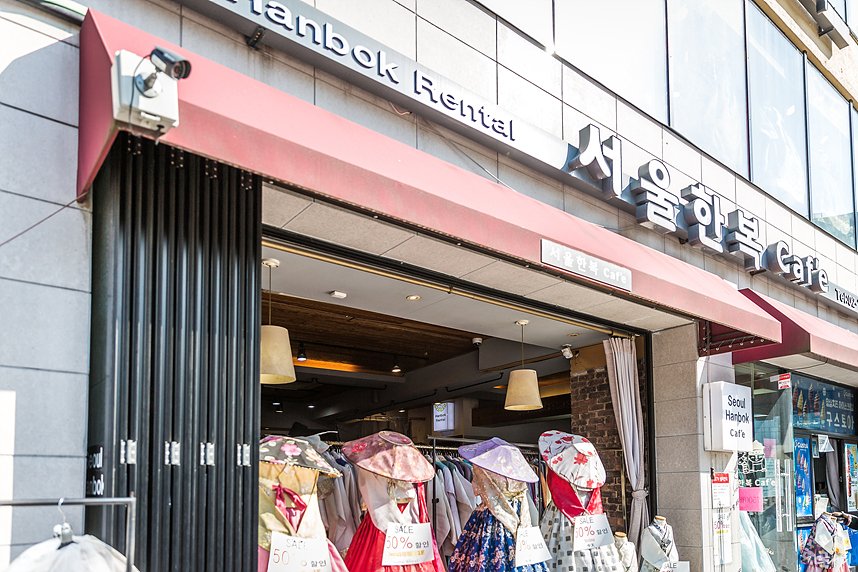
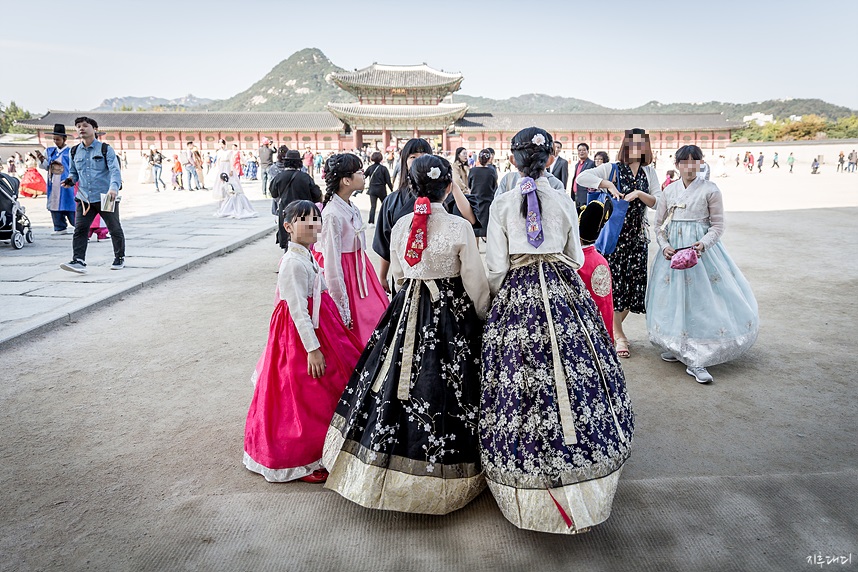

.jpg)
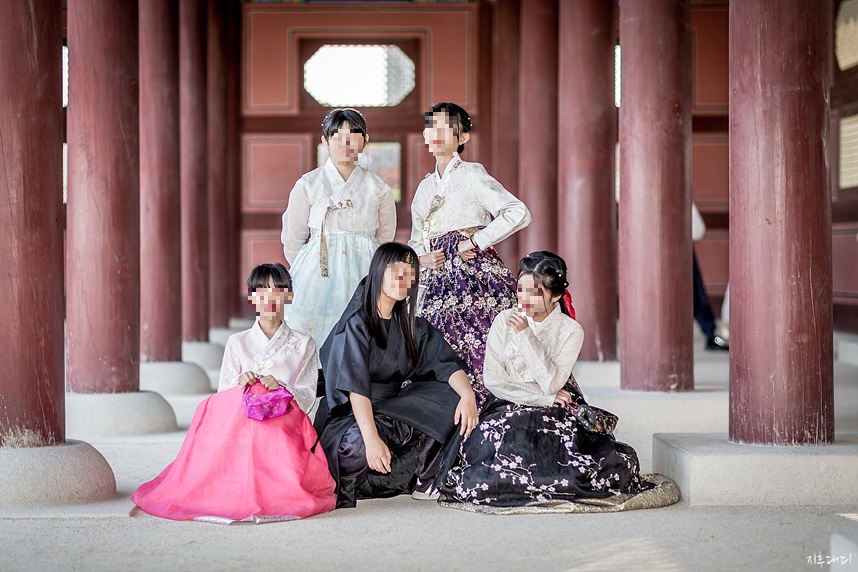

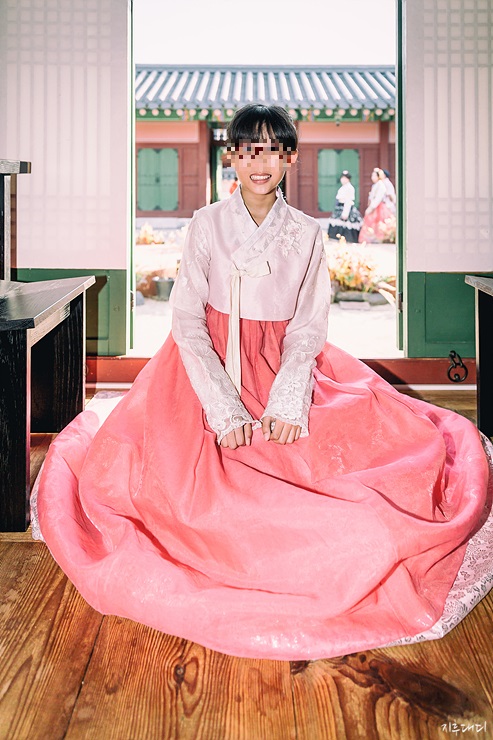
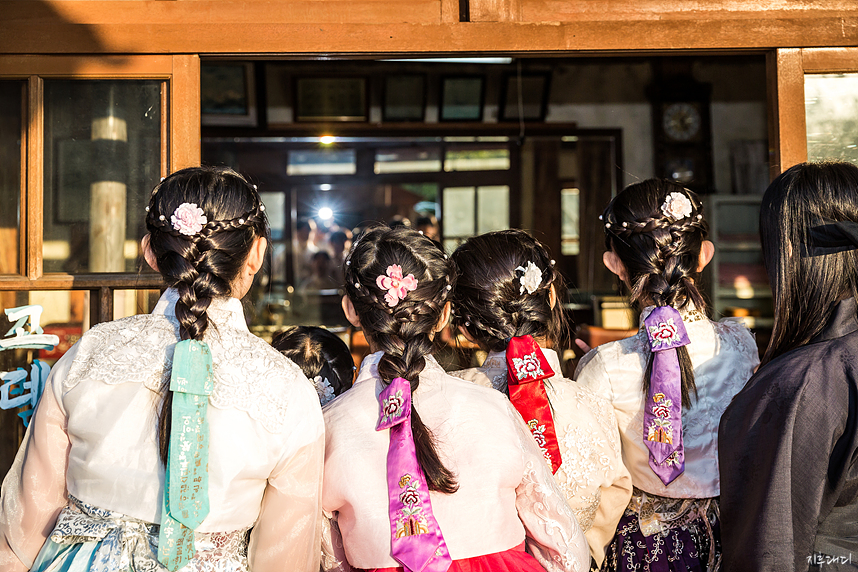
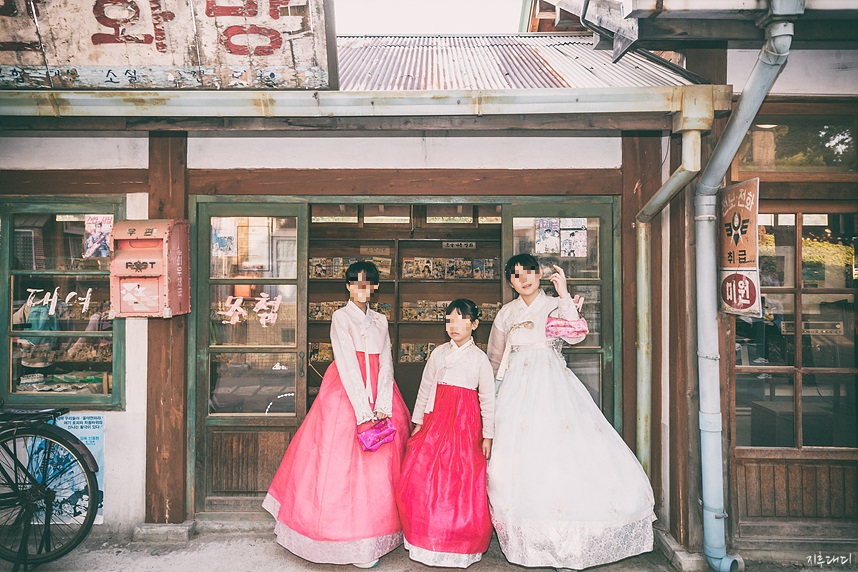
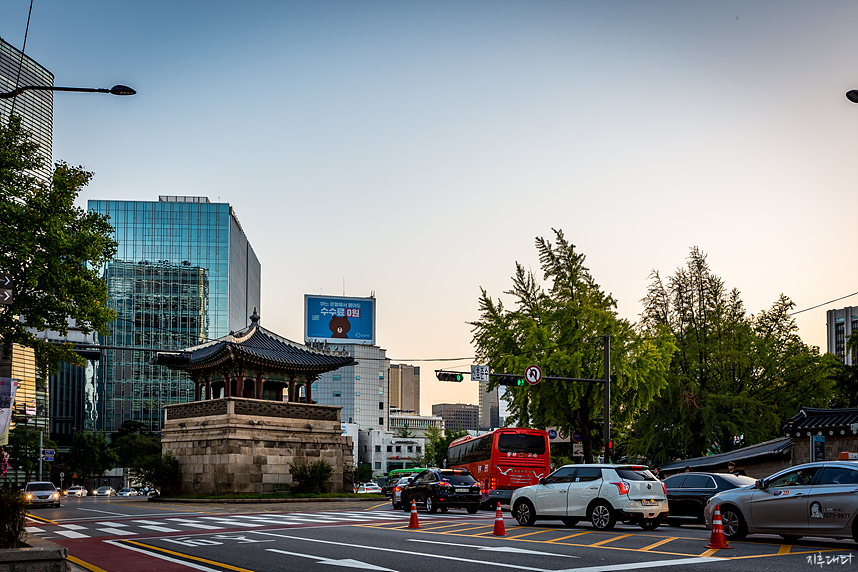
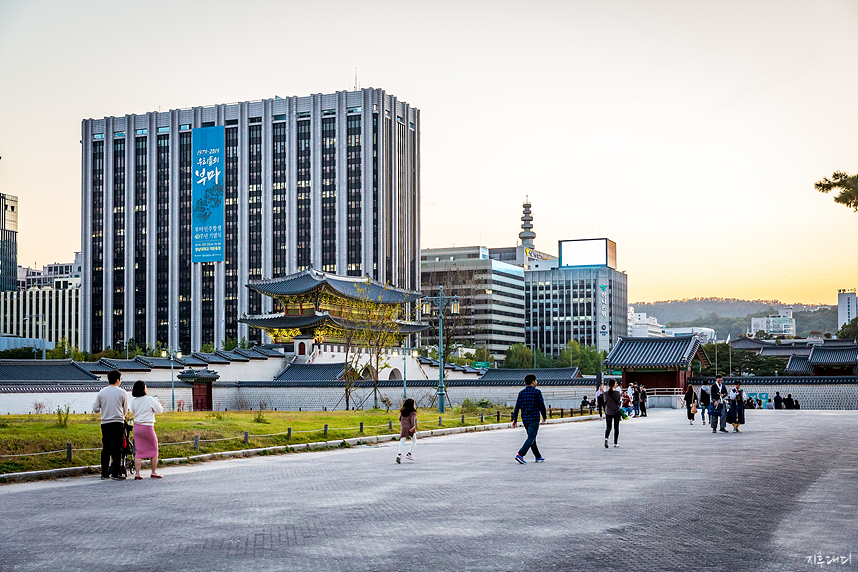
Comments
Post a Comment